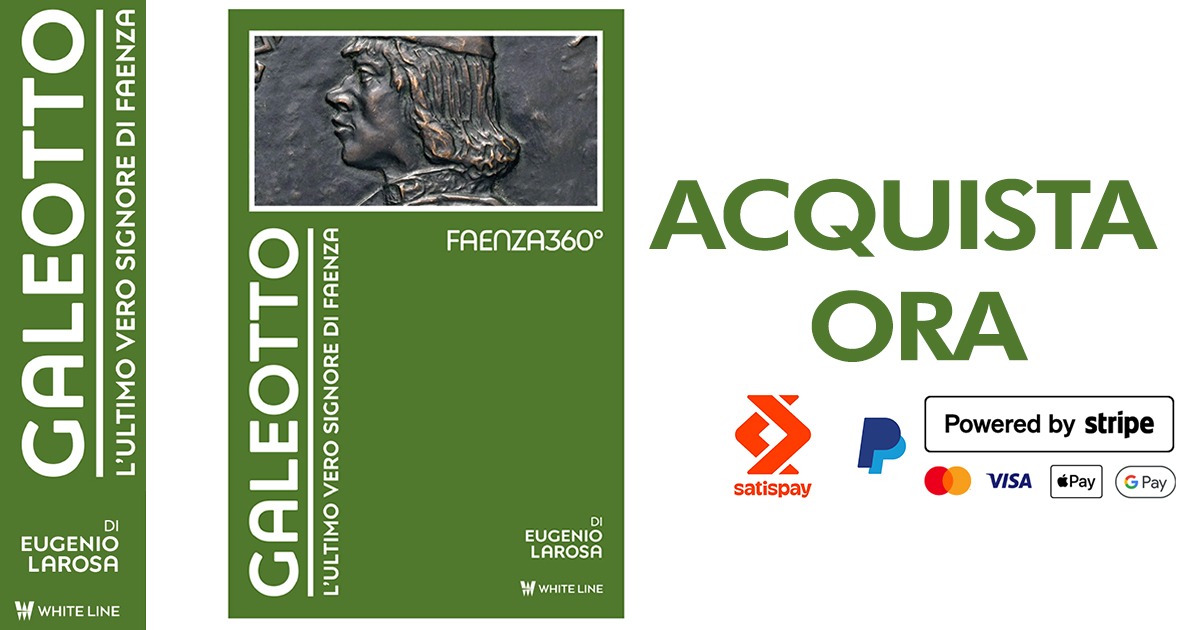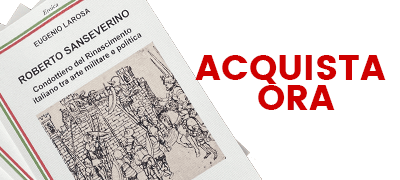The Guarnello: Workwear of 15th-Century Italy – Eugenio Larosa
Within the sphere of fifteenth-century Italian re-enactment, the word guarnello is most often linked to a garment worn by women.
Contemporary documentary evidence, however, shows that the same term could also identify comparable clothing for men, so its range of meaning was broader than modern costumers sometimes assume.
What many readers forget is that guarnello did not begin as the name of a garment at all. In its earliest occurrences it denoted a particular, moderately priced cloth.
Weavers employed this hard-wearing fabric to make a host of everyday items for both sexes, such as practical cloaks, sturdy over gowns for work, and other serviceable pieces intended for constant use rather than public display.
The weaving industry flourished in the rural towns of central Italy, where a dedicated craft guild called the Arte dei Guarnellari (Guild of Guarnello Weavers) oversaw standards and training. Surviving account books from these craftsmen reveal the main fibres that were used. Most warps and wefts combined accia (hemp or linen yarn) with bambagia (low-grade cotton).
The resulting cloth stood up well to daily wear yet remained inexpensive, which explains its popularity among labourers and other people of modest means.
Because the fabric was so readily available, garments made from it, the guarnelli, crossed class boundaries.
Usage nevertheless differed according to status. In affluent households the guarnello served as informal indoor wear, a relaxed house dress pulled on over a camicione (loose linen chemise) or sometimes over a more costly gamurra (Italian style of women’s dress).
By covering the better gown it protected fine wool or silk from kitchen smoke, accidental spills, and general abrasion.
The lower classes adapted the same garment for much heavier duties.
A dressmaker could cut the guarnello along the familiar lines of a gamurra, so the wearer retained a fashionable outline while benefiting from a tougher textile.
Sleeves might be long, short, or omitted altogether, depending on the season, the occupation, and personal taste.
Some tailors stiffened the bodice with a linen interlining, an option that appears in dossiers from the Datini Archive at Prato, to ensure that the upper torso kept its shape despite hard labour.
These distinctions are helpful when planning living history or first Renaissance fair portrayals. A noblewoman entertaining guests would not appear in a guarnello because her servants spared her the household drudgery that required such protection. Iconography suggests that she might wear the garment only during pregnancy or childbirth, when looseness and washability were paramount.
In the busy streets of Florence or Siena, by contrast, a merchant’s wife might answer the door or visit nearby stalls in a plain guarnello worn over her working gamurra. Further down the social scale, a shop assistant, dairy maid, or field hand could wear nothing else from dawn until dusk, indoors and outside, confident that the sturdy cloth would tolerate mud, soot, and rough tracks.
Art of the period corroborates these written sources. While high-status portraits favour shimmering silks, many narrative scenes, especially those that show ordinary people at the edges, depict women clad in the simpler undyed hues typical of a guarnello. These images underline one final point.
However common the garment, it never supplanted the gamurra. The fitted wool dress remained the cornerstone of a woman’s wardrobe throughout the Italian Quattrocento, whereas the guarnello belonged firmly to the realm of practical and utilitarian wear.
A heartfelt thank-you to Paola Fabbri for her invaluable suggestions, which have enriched the present contribution.
Bibliographical Sources
P. Fabbri, La moda italiana nel XV secolo. Abbigliamento e accessori, Bookstones, 2017.
M.G.Muzzarelli, Gli inganni delle apparenze. Disciplina di vesti e ornamenti alla fine del Medioevo, Paravia/Scriptorium, 1996.
E. Tosi Brandi, Il sarto tra Medioevo e prima Età moderna a Bologna e in altre città dell’Emilia Romagna, Tesi Storia Medievale, Alma Mater Studiorum Università di Bologna.
J. Del Badia, Diario Fiorentino Dal 1450 al 1516 di Luca Landucci, Kessinger Publishing, 2009.
L. Angeloni, Capitoli dei disciplinati della venerabile compagnia della Madonna sotto le volte dell’I.E.R. Spedale di S. Maria della Scala di Siena, 1818.
S. Malatesta, Statuti delle Gabelle di Roma, 1886.
G. Paolo Scharf, Fiscalità pubblica e finanza privata: il potere economico in un comune soggetto (Borgo San Sepolcro 1415-1465), 2011.
O. Gobbi, I Sibillini oltre il mito. Aspetti socio-economici di una regione appenninica nei secoli XV-XVIII, Amandola, 2003.
The Guarnello: Workwear of 15th-Century Italy – Eugenio Larosa
Search on GOOGLE












